Can You Roof in the Rain?
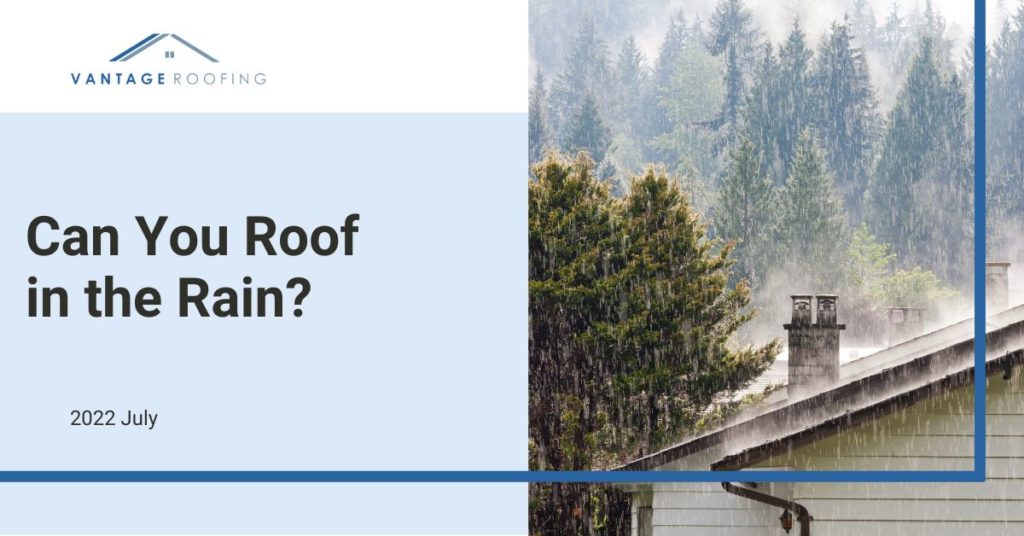

Nature is unpredictable at its best, especially if you are in Vancouver. You can expect ten days of rain in the spring, Summer, and Fall. Nature is unpredictable at its best, especially if you are in British Columbia.
You can expect a lot of rain in the spring, Summer, and Fall as you go north. However, while professional roofers take every step to avoid rain, unexpected rainstorms still happen.
But, can roofers work in the rain? A short answer is, No!
It is neither safe nor ideal to install a roof in the rain. Not only does it create a hazardous work environment for the roofers, but it also affects the quality of your roof.
Considering the price of a new roof ($5000–$45,000), it is reasonable that homeowners worry about their investment. However, it is safer for all the parties involved to wait out the rain and halt the work.
This article takes you through why you shouldn’t install a roof in the rain and the steps to take if it rains during a roof installation.
Can You Do Roofing in the Rain?
The roof protects not only the home from the elements, including sun, rain, and wind but also provides shelter.
When it comes to roofing, it is a time-sensitive job, be it a new installation or repair work. Our experienced roofers constantly monitor the weather for the best time to install roofs. They do not install new roofs in inclement weather.
Rain can cause many issues during installation and after if you are not careful. So, even if you are tempted to complete the installation no matter the weather, it may not be the best idea.
Here are a few reasons you should not install or repair new roofs in the rain.
Reason 1: It Creates a Safety Issue
Safety is critical when it comes to working 20 or 30 feet up on a roof. And that’s not possible when it’s raining. This is because you do not have enough traction in wet conditions, leading to slips and falls.
Furthermore, shingles tend to get slippery in the rain. No matter your safety procedures, a slick roof can turn deadly and put the entire roofing crew at risk.
And if there’s lightning, the threat increases. Depending on how high the crew is, they may be the tallest objects and can get exposed. So, it’s not worth the risks, be it a drizzle or a cloudburst.
Furthermore, you could be liable for any injuries that happen on your property if the roofing company doesn’t carry a proper license.
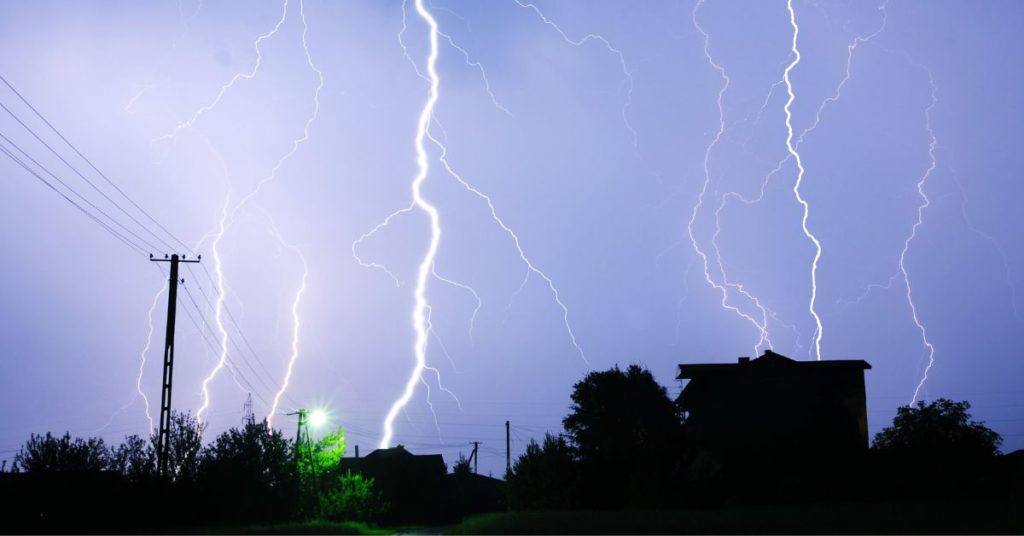

Reason 2: It Puts Your Home at Risk of Leaks
Be it a new installation or a repair job, the roofing deck is exposed to the elements for the duration of the project. Apart from the rain, there are 12 common threats to your roof’s structural integrity that homeowners should be wary of. For example, a deck that is exposed to rain can become damaged after prolonged exposure to rain, resulting in mold and mildew growth. In due course, the wood warps and changes shape, leading to roof failure.
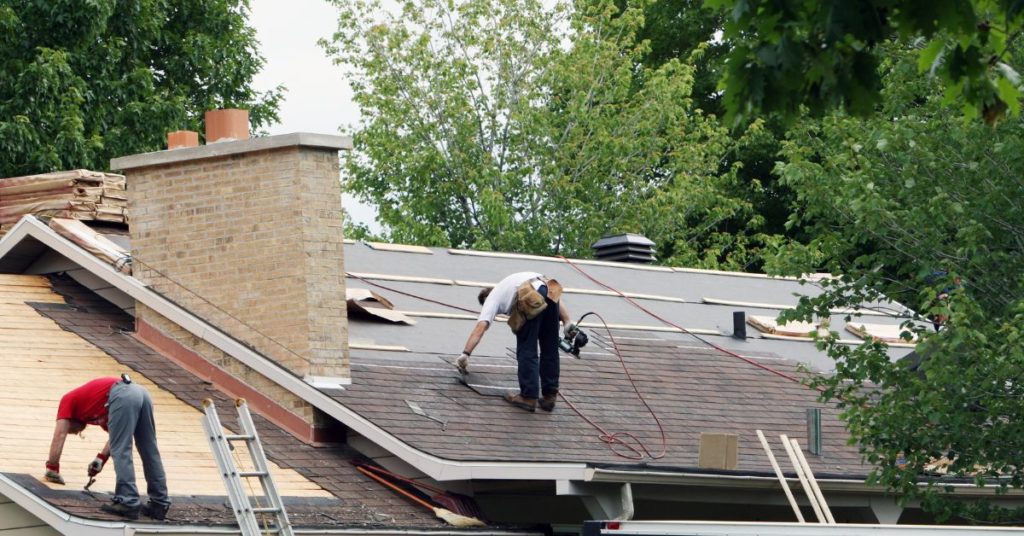

Not just rain but also condensation, dew, and even high humidity can cause the roofing materials to warp. Swelled or wrinkled materials can affect the quality of the roof in due course, leading to distorted roofs and leaks.
Reason 3: Shingles Do Not Adhere to a Wet Roof
Continuous exposure to water will interfere with the shingle installation process and, in all likelihood, result in fungal and mold growth within the roof interiors, such as barriers, OBS boards, felts, etc., and ultimately the roof itself. This is because roofing materials such as shingles are not designed to be installed under conditions such as high humidity, let alone rain.
Furthermore, the shingles may not adhere properly and can slip off once fastened since they are being laid in damp conditions. If not, the moisture trapped underneath the shingles can cause the shingles to buckle or wrinkle.
Reason 4: It Can Void Your Warranty
Most roofing material manufacturers provide warranties for the quality of their products. And improper installation can void the warranties. Before finalizing a roofing contract, make sure you ask the right questions to ensure your warranty isn’t voided due to unforeseen circumstances.
To claim the warranty, the roofing should be done as advised and follow a specific set of instructions, including the weather. This can help prevent installation problems and minimize damage.
Even if your roofing contractor agrees to work in the rain, your warranty will still be void.
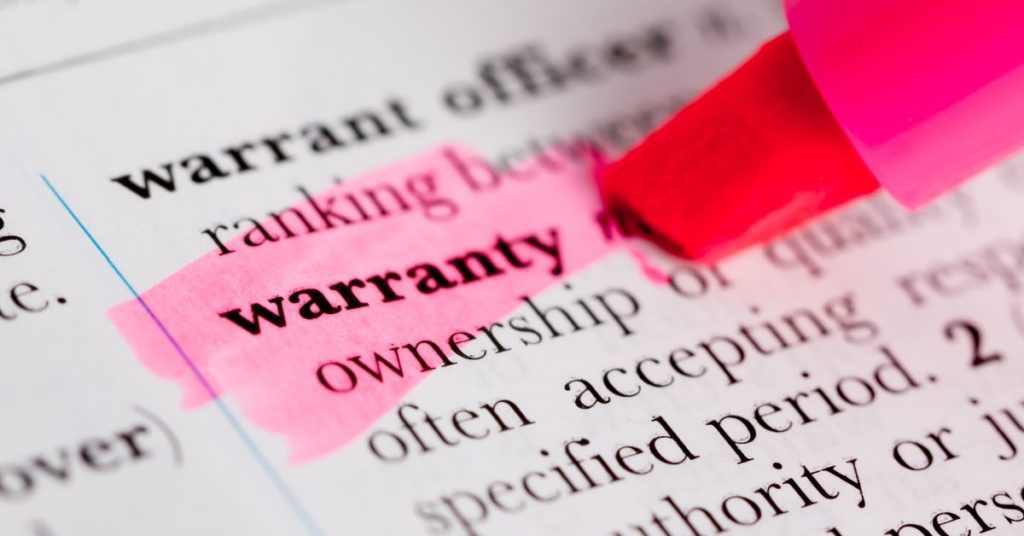

What if it Rains In The Middle Of The Roofing Project?
There’s not much you can do when it rains while roofing. If you’re worried about the frequent rainfall in Vancouver, check out our tips to protect your roof against Vancouver’s heavy rain. So all work is halted until the rain stops and clears up.
Like any other outdoor project, you have to cover the roof with a tarp to prevent water from damaging the roof interiors. While it is not ideal, it is not the end of the world. It provides a temporary solution until the rain clears up. However, if the storm is fast-moving, you will not have time to do anything.
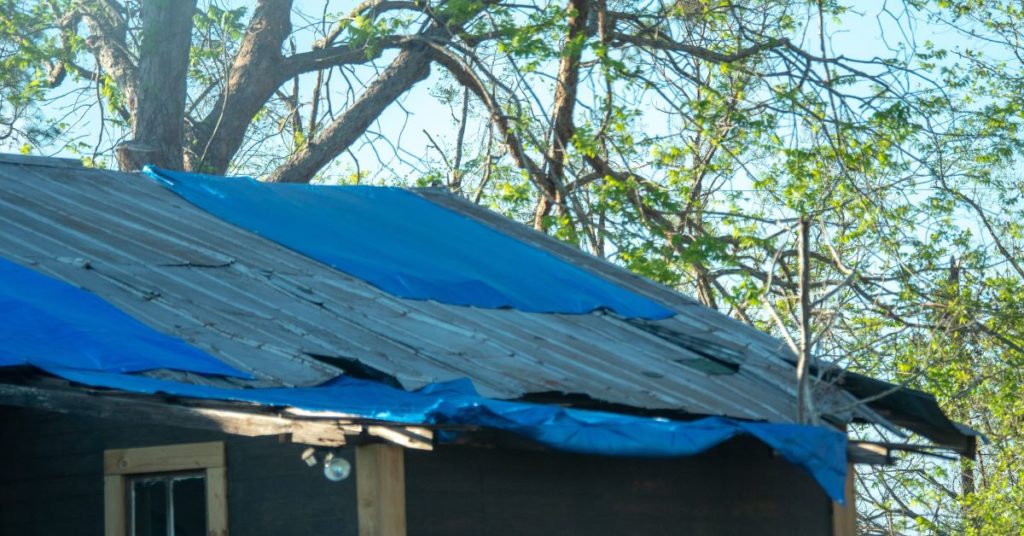

Our Burnaby roofers, who have years of experience to back them, generally have blue tarps and 2x4s (to secure them) to cover the exposed areas in case of rain. Of course, it doesn’t help that Burnaby has a long rainy season, the better part of 6 months. However, it may not be enough. Chances are that the roof will get wet in the time it takes to secure the tarps.
How Long Does It Take a Roof to Dry After Rain?
The rule of thumb is to give the roof two days of drying time before continuing with the roof work. While you wait for the roof to dry, it’s crucial to consider all aspects that contribute to roof integrity. For instance, flashing plays a significant role in maintaining the roof’s integrity and ensuring no leaks. However, it may take longer if the roof hasn’t dried yet or if the rain is particularly heavy. In this case, the contractor may allow a third day to let things dry out completely before starting work again.
The only thing you can do when this happens is be patient and wait for the weather to clear up. It is best when the new roof is not installed on wet materials. Dampness can warp the wood, resulting in mold, and also compromise the strength of the roof.
What If I Have to Install a Roof in the Rain?
It is not always possible to wait out the rain, especially if you live in areas where it rains out of nowhere. If you find yourself needing to roof in less-than-ideal conditions, ensuring the safety of the crew becomes even more crucial. Learn more about ensuring proper safety measures during roofing projects. You will have to work around the weather, which is also not ideal.
In any case, you should have a recovery plan to ensure the continuity of the installation, your safety, and the integrity of the shingles (for warranty).
Here are a few things you can do to ensure that both the crew and the materials are protected:
- Keep an eye on the weather. While it is easy to check the weather, learn to understand the changes so that you and your crew are safe.
- If you are likely to run into inclement weather, work in sections. It is easier to cover the exposed regions when the rain hits and hence less likely to have water damage.
- Ensure that you have an ample number of tarps to cover the exposed area.
- Depending on the local laws, you may violate the building code if you continue working in the rain. And you may have to redo the work again to pass inspection.
How Does Rain Affect Roofing Materials?
In addition to creating hazardous working conditions for skilled experts like our Delta roofers, rain also impacts the integrity of the roofing materials. Just as rain can have detrimental effects on roofing materials, extreme temperatures can also be harmful. Discover why a roof being too hot or too cold can shorten its lifespan. Furthermore, rain can make it difficult for the shingles to be installed. Any moisture trapped underneath the shingles can cause the wood to rot and grow mold. Additionally, the water will render the glue ineffective and prevent the shingles from adhering to the roof.
As far as prevention goes, the best option is to wait for the rain to pass before starting the work on the shingles. Then, tarp the exposed area and protect the wood and roof decking from water damage.
If you want the roofing done right, avoid installation work during the rains.
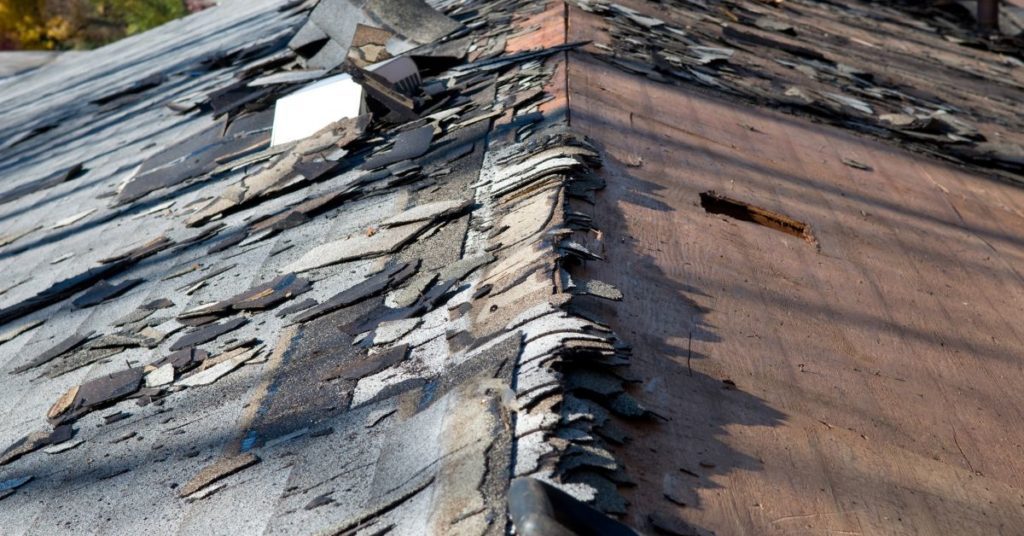

Conclusion
Installing a new roof is a significant investment that takes time, money, and effort to plan and execute. While it’s essential to wait out the rain, homeowners should also be cautious of roofing scams. Ensure you’re dealing with a reputable roofer. However, it doesn’t mean you have to continue the work in inclement weather like rain. A long-lasting, structurally strong roof, should be installed under the right conditions; rain is not ideal.
In many states, installing roofs in the rain is considered to be violating building codes. And hence most contractors won’t install since they caIn many states, installing roofs in the rain is considered to be violating building codes. And hence most professionals like our Maple Ridge roofers won’t install since they cannot guarantee quality work in bad weather.
The best option is to wait out the rain until the site is safe for the installation crew.
Whether you’re bracing for Vancouver’s rain or simply looking for a reliable hand in enhancing your home’s top layer, our dedicated team is here to serve you. We proudly cater to a range of cities to ensure your roofing needs are met with expertise and precision. Check out our specialized teams in Burnaby, New Westminster, Coquitlam, Port Coquitlam, Port Moody, Delta, Ladner, Vancouver, North Vancouver, West Vancouver, Richmond, Surrey, White Rock, Maple Ridge, Pitt Meadows, and Langley. No matter where you are, our top-notch roofers are committed to delivering excellence. Reach out today and give your roof the expert touch it deserves.
